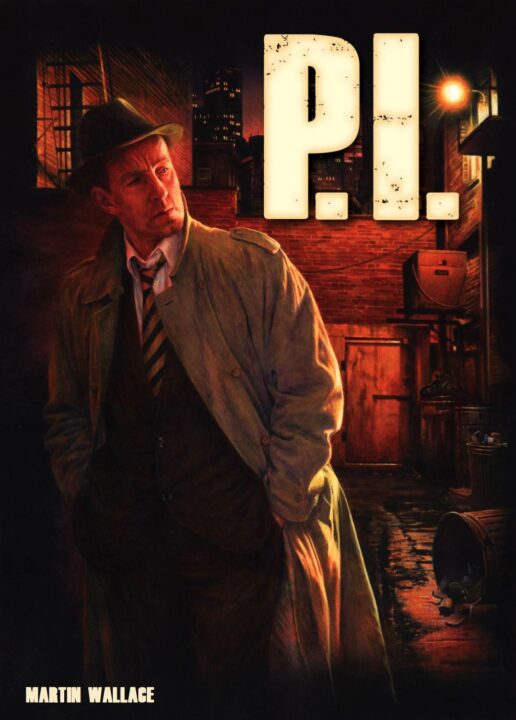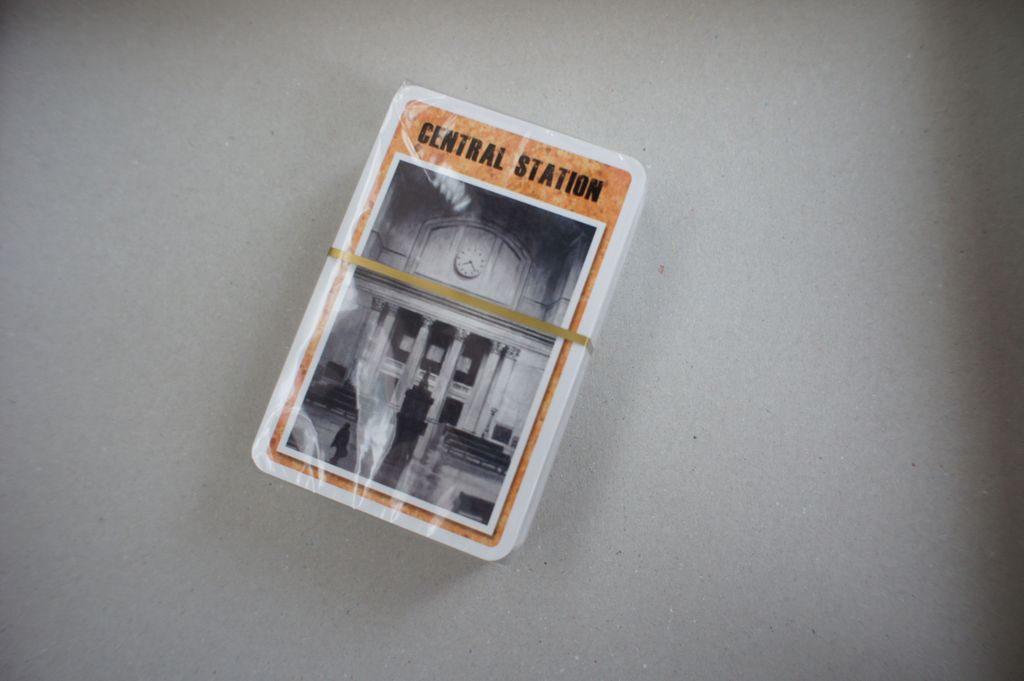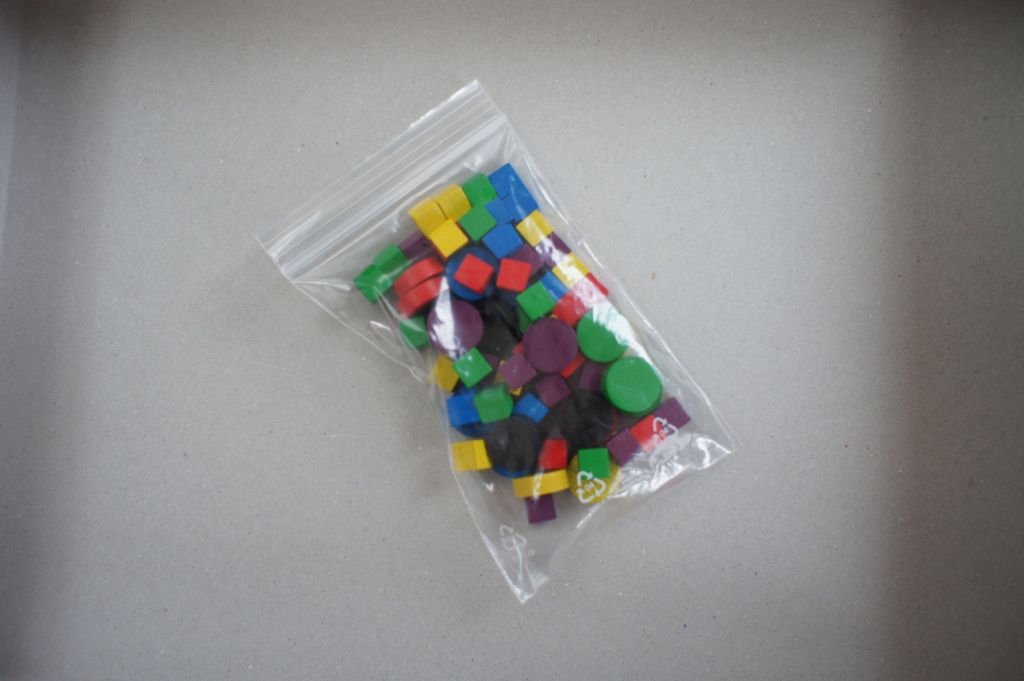Overview
Hey, board game fans! Jamie here, with another run-down of a game that’s been on my table lately – ‘P.I.‘. In this review, we’re gonna crack open this detective-themed gem and see what makes it tick. From its sleek gameplay and mechanics to its eye-catching artwork, I’ve left no clue unexamined. So, grab your magnifying glass, and let’s see if ‘P.I.’ can solve the mystery of making it into your game night rotation.
How It Plays
Ever fancied yourself as a bit of a Sherlock or maybe a Marple? Well, grab your magnifying glass, ’cause P.I. is your chance to crack some cases with friends. The game is super easy to get into, so let’s break down how you play.
Setting Up
First off, everyone picks a detective. Then, we lay out the board – it’s got all these neat little locations where crimes have happened. We shuffle the case cards and woosh – each detective gets a mystery to solve. Place your detective on the home base and you’re all set to start sleuthing.
Gameplay
Gameplay is a mix of guesswork, deduction, and a little bit of luck. On your turn, you ask about clues in locations next to you. The closer you get to the crime, the hotter the clues. It’s like a game of hot and cold with a detective hat on. You jot down these clues, trying to piece together the who, what, and where of your mystery. First to solve their case gets a hefty point boost!
Winning the Game
To win, you gotta be the top detective. After a set number of rounds, whoever has the most points from solving cases and nabbing bonus points for speed wins. It’s a race to see who can connect the dots fastest and most accurately. So, if you think you got what it takes to be the next great detective, P.I. is calling your name!
Want to know more? Read our extensive strategy guide for P.I..
Exploring the Intriguing Gameplay of P.I.
When you first crack open P.I., you might think it’s your run-of-the-mill detective game, but oh, boy, are you in for a treat. The beauty of this game lies in its simplicity. The mechanics are as smooth as a jazz tune in a detective’s office. Players take on the role of private investigators in a noir-themed world, combining clues to solve cases. The rules are straightforward, making it easy for newcomers to jump right in, but don’t let that fool you. The strategic depth here will have you scratching your head, in a good way! Every game feels like a new mystery novel, with twists and turns that keep everyone guessing until the very end.
Now that we’ve sleuthed through the gameplay, let’s sneak a peek into the Replay value and variations, keeping the mystery alive game after game.
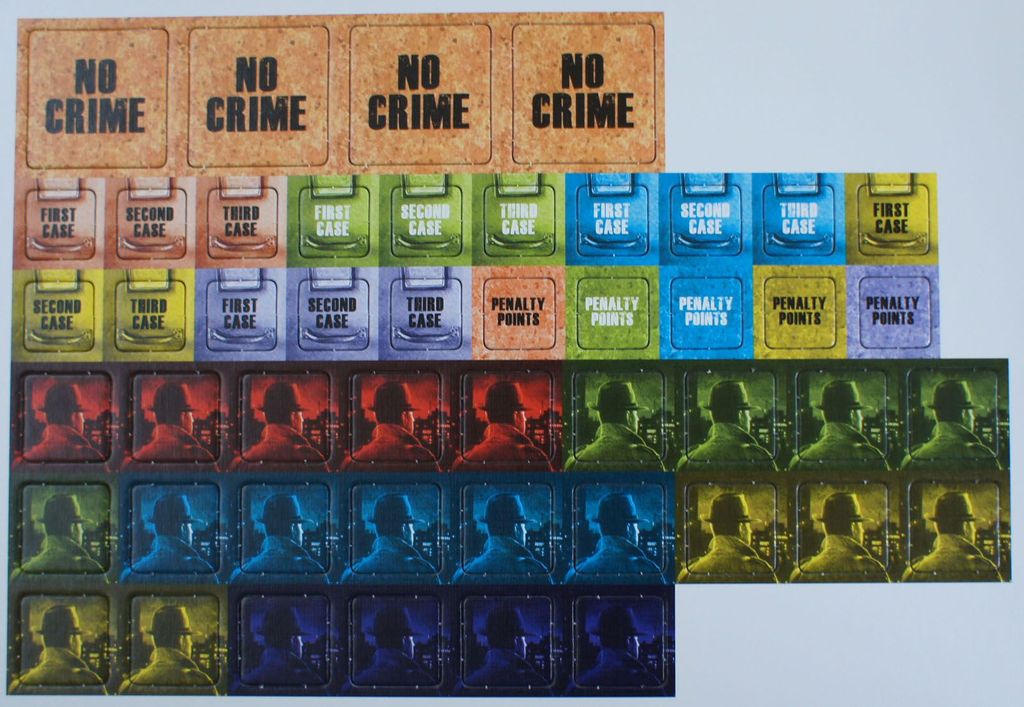
Why ‘P.I.’ Will Keep You Coming Back
Let’s talk replay value in ‘P.I.’, folks. This game, oh, it’s like the TV show you can watch over and over without getting bored. Each game unfolds differently because you’re always solving a new mystery. The variations? Brilliant! You think you’ve got it figured out, and then bam, a new twist. The game’s setup allows for countless combinations, ensuring no two games feel the same. Plus, playing with different friends brings new dynamics and strategies into play. You’d think a detective game might get old after a few rounds, but ‘P.I.’ keeps the intrigue alive with its clever mechanics.
Up next, we’ll shine a spotlight on the game’s artwork and component quality, which is as detailed as a detective’s notepad.
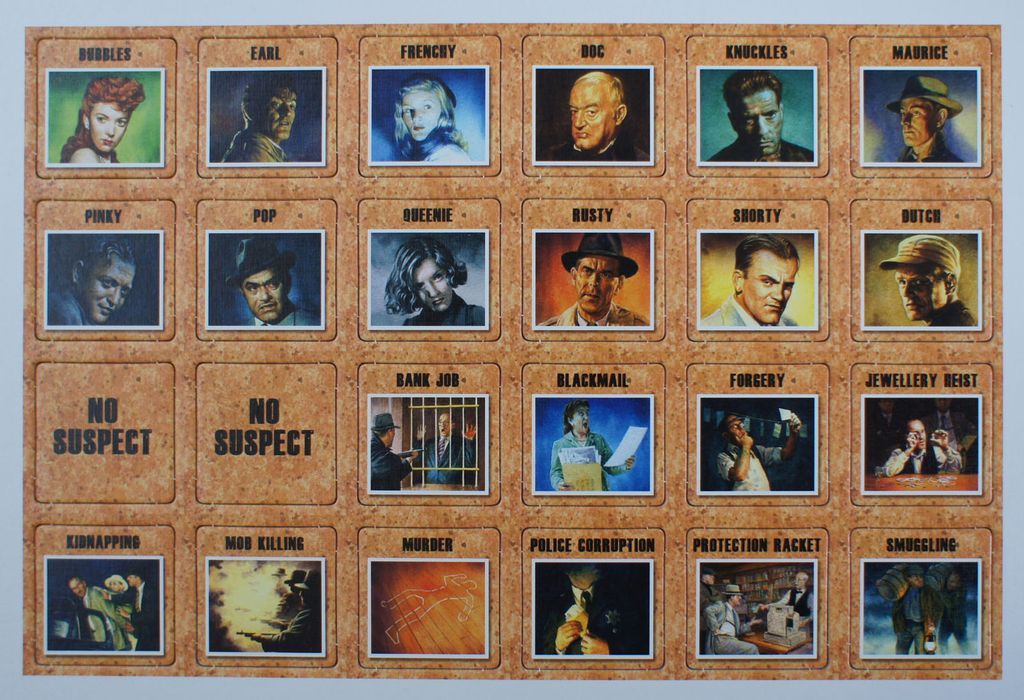
The Visual Charm of P.I.: A Closer Look at Artwork and Component Quality
When I first got my hands on p.i., the artwork and component quality really stood out. The game’s illustrations bring the detective theme to life, making you feel like a real sleuth as you pore over the beautifully designed game board and clue cards. The components, too, are nothing to scoff at. Each piece, from the player tokens to the evidence markers, is crafted with attention to detail, adding to the immersive experience. And let’s not forget about the durability – after numerous game nights, the pieces have held up exceptionally well, a testament to their quality.
But what really ties the whole experience together is the thematic coherence between the artwork and the gameplay. It’s one thing to have pretty pieces, but it’s another to have them deeply integrated into the game’s mechanics, enhancing the overall play. Now, let’s shift our magnifying glass towards the intriguing balance of strategy and luck in p.i.
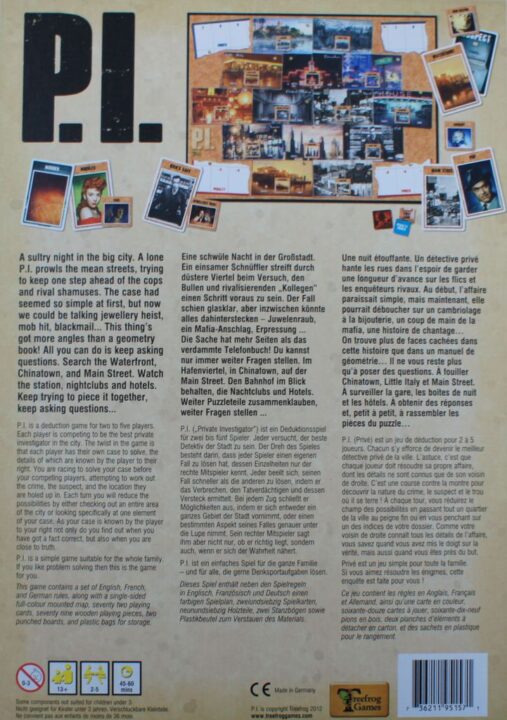
Striking the Right Balance: Strategy and Luck in P.I.
Now, let’s talk turkey on where ‘P.I.’ lands on the strategy-vs-luck spectrum. For starters, this game does a bang-up job of blending both elements. You’ve got to have a sharp mind to piece together the clues and crack the case before your pals. But, let’s not kid ourselves, a lucky break can sometimes turn the tables. What’s cool here is that luck doesn’t overshadow skill. Sure, you might get a lucky guess, but without a solid strategy, you’re as lost as a left sock. It’s like the game is saying, “Hey, I’ll throw you a bone, but you gotta do the heavy lifting.”
This balance makes ‘P.I.’ a hit in my books. It’s not just a dice roll; it’s a thinker. And yet, it won’t leave you feeling like you got played by chance. So, do I recommend ‘P.I.’? You betcha. It’s fun, it’s engaging, and it’ll make you feel like Sherlock Holmes on his best day.
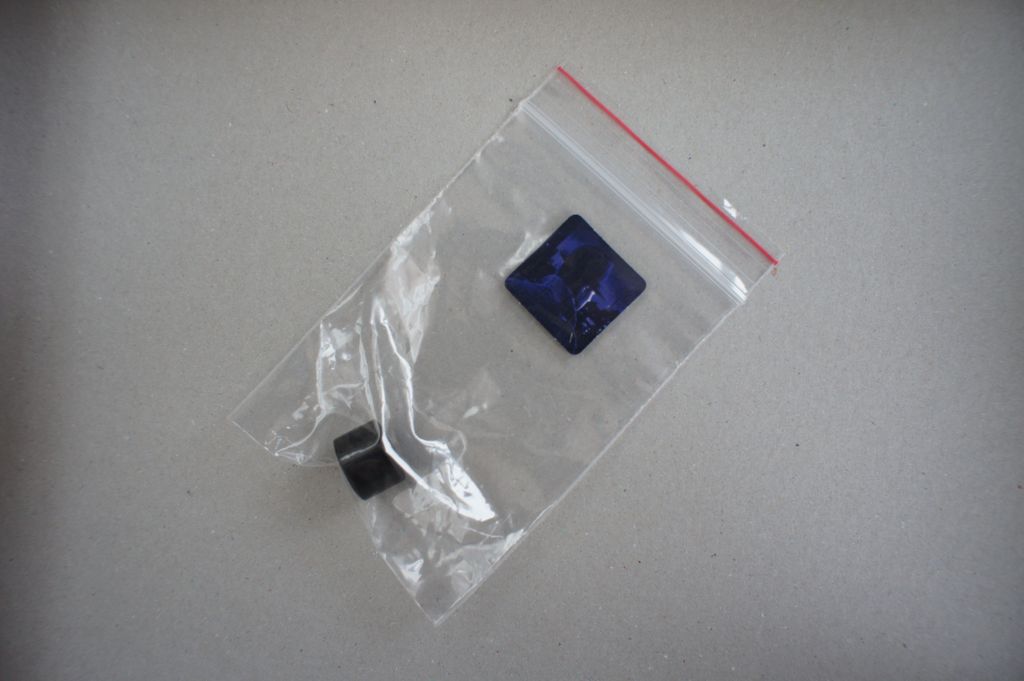
Conclusion
Wrapping up our journey with ‘P.I.’, this game is a stellar mix of detective work, strategy, and a sprinkle of luck that keeps each playthrough exciting. From its straightforward setup to the depth of its gameplay mechanics, it hits all the right notes for both casual players and seasoned detectives. The artwork and components add to an immersive experience, and the balance between strategy and luck means you’re always on your toes. High replay value ensures ‘P.I.’ will be a favorite on game night for a long time to come. After numerous games with friends, I can confidently say ‘P.I.’ deserves a spot in your board game collection. It brings out the detective in everyone, making for an engaging and fun experience every time. Highly recommended!

